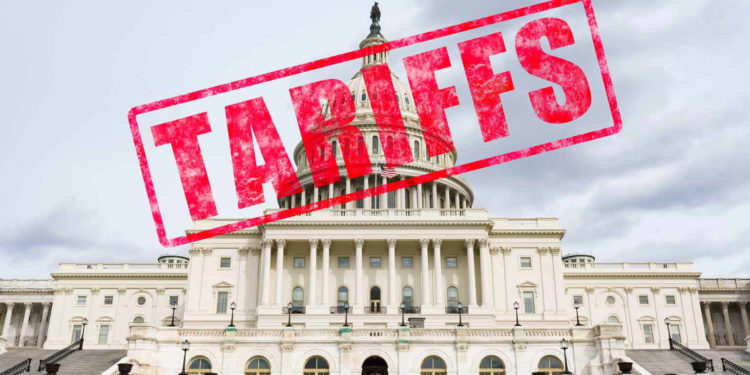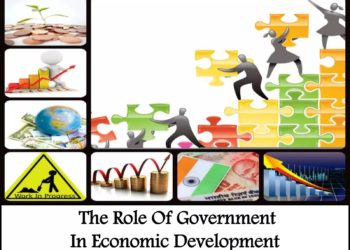Kenya is positioning itself to turn the recent U.S. tariff policy into an opportunity for its textile industry. The U.S. has imposed a 10% tariff on Kenyan exports, but higher tariffs on competitors like Vietnam (46%) and Bangladesh (37%) could make Kenyan textiles more attractive to American buyers. Trade Cabinet Secretary Lee Kinyanjui expressed optimism, stating, “This presents a unique opportunity for Kenya to solidify its position as a key player in the global textile market.”
Kenya’s textile sector has long benefited from the African Growth and Opportunity Act (AGOA), which allows duty-free access to the U.S. market. However, with AGOA set to expire in September 2025, the new tariffs have created both challenges and opportunities. “We must act swiftly to diversify our export base and enhance value addition in textiles,” Kinyanjui added during a press briefing.
The government is already taking steps to capitalize on this shift. Investments in the Export Processing Zones (EPZs) are being ramped up, with plans to attract more manufacturers and expand production capacity. President William Ruto recently highlighted the sector’s potential, noting, “Kenya’s textile exports could exceed KES. 133 billion by 2027, creating thousands of jobs and boosting our economy.”
Despite the optimism, challenges remain. Global economic uncertainties, including fluctuating demand and rising production costs, could hinder growth. Additionally, Kenya faces stiff competition from countries like China and India, which dominate the textile market. Economist Prof. X.N. Iraki cautioned, “While the tariffs offer a competitive edge, Kenya must address inefficiencies in production and logistics to fully capitalize on this opportunity.”
The private sector is also stepping up. Companies like Rivatex East Africa are exploring sustainable practices, such as organic cotton farming, to appeal to eco-conscious buyers. “Sustainability is the future of textiles, and Kenya must lead the way,” said Rivatex CEO Thomas Kipkurgat.
As Kenya navigates this complex landscape, the focus remains on turning challenges into opportunities. By leveraging its competitive edge and investing in innovation, the country aims to emerge as a global textile powerhouse.

















